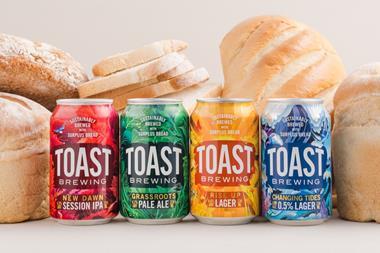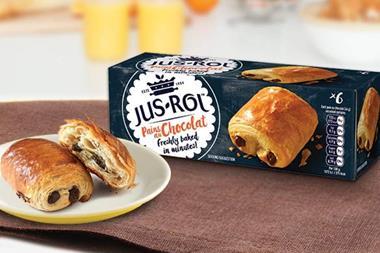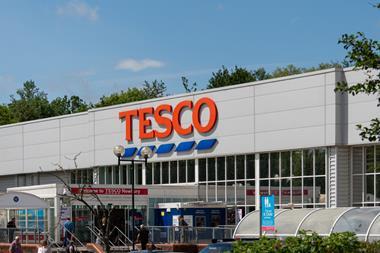Cutting products’ carbon footprint is easier than you think – and it can even help save money, Xavier Vital
Improving the carbon footprints of products can benefit retailers and manufacturers alike so why are they still so high?
Despite consumers increasingly making purchase decisions with environmental ethics in mind, many manufacturers are still not doing enough.
We have just completed 10 years of research into thousands of consumer goods to assess carbon footprints and how they can be reduced and found that the carbon footprints of most consumer goods can easily be reduced by up to 60% using methods that will actually save manufacturers money.
For retailers, this poses an opportunity, particularly in rationalising supplier bases, and for both retailers and manufacturers in communicating their ethics and values.
If eco design processes were adopted nationally over just five staple household products (kettle, television, mobile phone, fridge, laptop) the UK would save eight million tonnes of CO2 a year equivalent to 19.9 billion road miles.
Look at food products and these figures become even more significant. While the average kettle currently has a footprint of 9kg CO2 pa, which can be reduced to 7kg, mainly through improved energy efficiency, a 96kg piece of meat has a carbon footprint lifecycle of 1,632kg CO2, which can be reduced 75% through improved selection.
Meanwhile, 490kg of fruit and vegetables can have their carbon footprint reduced by 66% to 490kg CO2 as a result of improved sourcing and planning.
One of the main areas manufacturers overlook is embedded carbon, which is created during the production of products and parts that are imported from countries outside Europe or the UK.
This should have been addressed by the government's forthcoming Carbon Reduction Commitment legislation. But while it will restrict the energy consumption of large businesses and manufacturing, it doesn't address the total footprints of consumer products, or the issue of embedded carbon.
Ultimately, there are several simple processes that can reduce carbon emissions. What remains to be seen is who will drive the change towards this: manufacturers, retailers or government, and who will maximise the opportunity that it poses.
Xavier Vital is manager of Bureau Veritas.
Improving the carbon footprints of products can benefit retailers and manufacturers alike so why are they still so high?
Despite consumers increasingly making purchase decisions with environmental ethics in mind, many manufacturers are still not doing enough.
We have just completed 10 years of research into thousands of consumer goods to assess carbon footprints and how they can be reduced and found that the carbon footprints of most consumer goods can easily be reduced by up to 60% using methods that will actually save manufacturers money.
For retailers, this poses an opportunity, particularly in rationalising supplier bases, and for both retailers and manufacturers in communicating their ethics and values.
If eco design processes were adopted nationally over just five staple household products (kettle, television, mobile phone, fridge, laptop) the UK would save eight million tonnes of CO2 a year equivalent to 19.9 billion road miles.
Look at food products and these figures become even more significant. While the average kettle currently has a footprint of 9kg CO2 pa, which can be reduced to 7kg, mainly through improved energy efficiency, a 96kg piece of meat has a carbon footprint lifecycle of 1,632kg CO2, which can be reduced 75% through improved selection.
Meanwhile, 490kg of fruit and vegetables can have their carbon footprint reduced by 66% to 490kg CO2 as a result of improved sourcing and planning.
One of the main areas manufacturers overlook is embedded carbon, which is created during the production of products and parts that are imported from countries outside Europe or the UK.
This should have been addressed by the government's forthcoming Carbon Reduction Commitment legislation. But while it will restrict the energy consumption of large businesses and manufacturing, it doesn't address the total footprints of consumer products, or the issue of embedded carbon.
Ultimately, there are several simple processes that can reduce carbon emissions. What remains to be seen is who will drive the change towards this: manufacturers, retailers or government, and who will maximise the opportunity that it poses.
Xavier Vital is manager of Bureau Veritas.














No comments yet